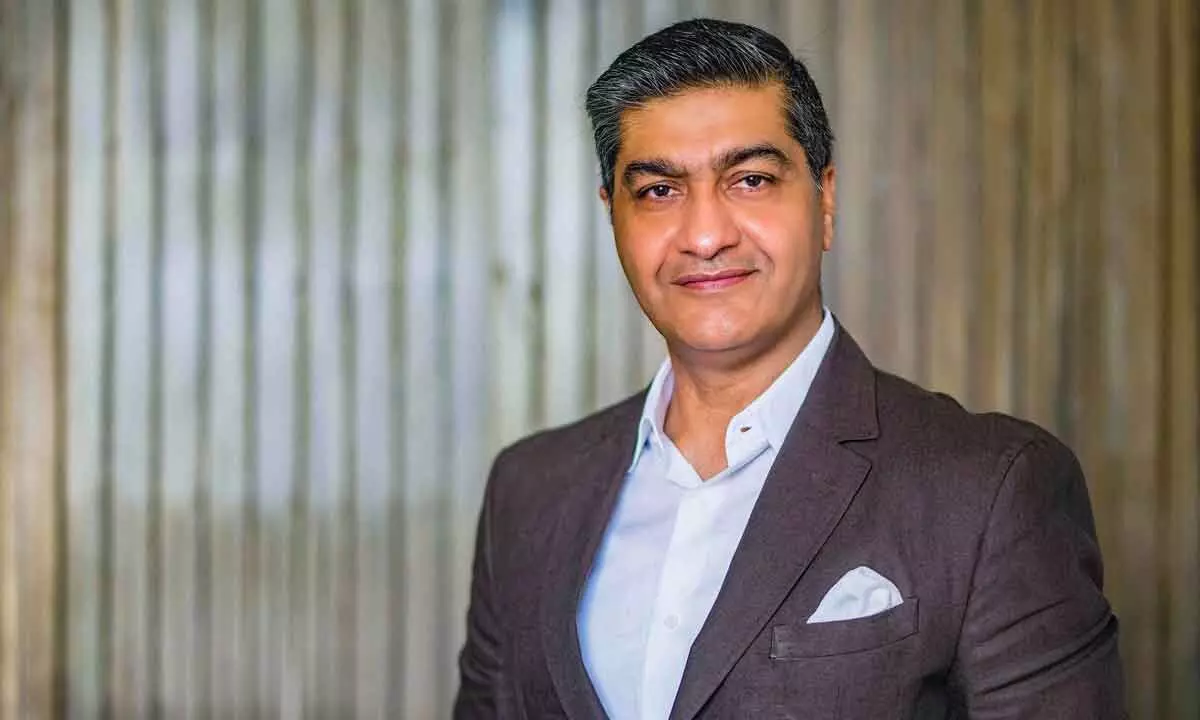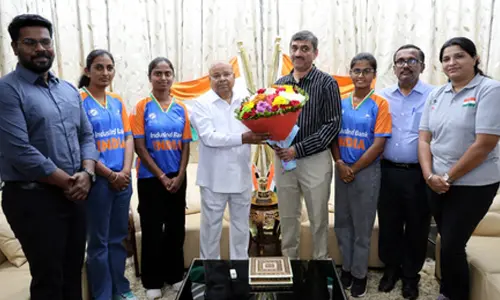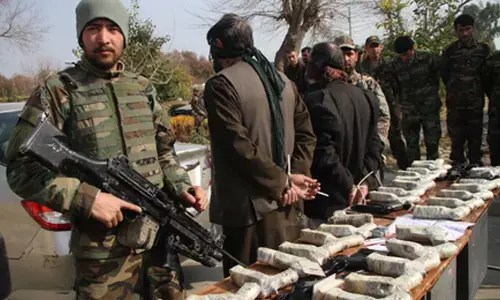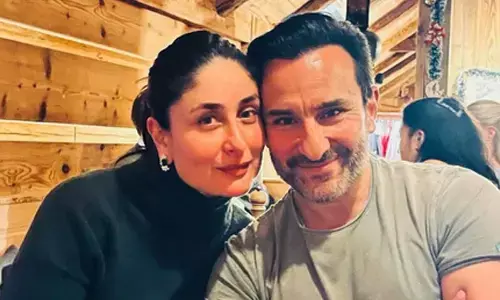3 lakh visitors expected daily to Ram temple

Dikshu Kukreja, Managing Principal, CP Kukreja Architects, who is the planner behind the Ayodhya redevelopment project
Ayodhya planned after studying Vatican City, Tirupati, Amritsar, Cambodia and Jerusalem
New Delhi: In the coming years, more than three lakh people are expected to visit Ayodhya daily and the planning for the temple town has been done after studying similar examples abroad, including Vatican City, Cambodia, Jerusalem, as also places in India, such as Tirupati and Amritsar, according to Dikshu Kukreja, the master planner behind the project.
Efficient land use, minimum congestion, a focus on dharamshalas (inns) and homestays, upgrading the infrastructure while retaining the historical and cultural character of the city are some of the highlights of the plan prepared by Kukreja, the managing principal of C P Kukreja Architects. "Ayodhya is anticipated to become a global tourism destination with a focus on spiritual, cultural, heritage assets and events as the city is likely to grow manifold with a significant demand in hospitality and allied industries.
"The city is envisaged to be developed as a mega centre for tourist, economic and religious activities. More than three lakh devotees are expected to visit Ayodhya daily within the next three-four years," Kukreja said. "To accommodate the needs of a growing population and tourism, we designed modern infrastructure, such as roads, bridges, sewage systems and utilities, while ensuring that these developments did not compromise the historical and cultural character of the city. We worked on designing a layout for the township that promotes efficient land use, minimises congestion and enhances the overall quality of life for the residents," he added.
Kukreja, who has previously designed the Aerocity in Delhi and "Yashobhoomi" --the India International Convention Centre (IICC) in Dwarka -- explained that his team studied existing temple towns across the globe as well as in India to understand the needs and drew inspiration from the best practices adopted there.














